According to Korean media reports, from 2017 to 2022, sales of heat-not-burn cartridges in South Korea increased 6.8 times, from 79 million boxes to 539 million boxes. In the first half of 2022 alone, sales of heat-not-burn cigarette cartridges reached 293 million boxes. The industry predicts that in 2023, South Korea’s annual sales of heat-not-burn cigarette cartridges are expected to exceed the 600 million box mark for the first time.
In contrast to the strong growth of heat-not-burn cigarettes, South Korea’s traditional cigarette sales experienced a double-digit decline during the same period, from 3.445 billion boxes in 2017 to 3.091 billion boxes in 2021, a decrease of 10.3% in five years.
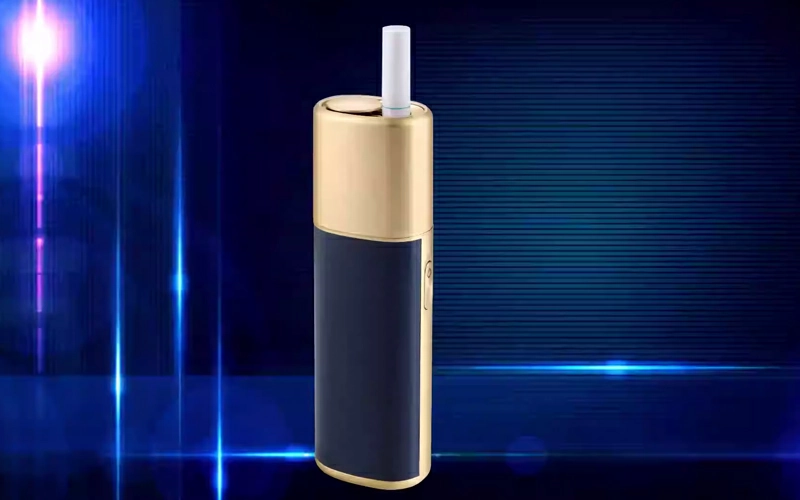
Surveys show that many smokers believe heat-not-burn products are less harmful to health than traditional cigarettes. A survey of 8,000 Korean adult respondents in November 2022 found that 26.6% of users of heat-not-burn products believed that such products were “relatively less harmful.” In addition, 18.2% of the respondents believed that heat-not-burn products “have less impact on health” and 14.2% believed that such products “help quit smoking”.
Heat-not-burn dominates the new tobacco product market, and vape sales plummet
At present, South Korea’s new tobacco product market is almost occupied by heat-not-burn products. Statistics from South Korean government departments show that local Korean brand KT&G’s heated non-burn cigarette Lil accounts for about 48% of the market share, while foreign PMI and BAT also occupy 42% and 10% of the market in South Korea with their IQOS and Glo series respectively. % market share.
In sharp contrast to heating and non-burning, the vape market in South Korea is almost extinct. The cause was that in 2019, the South Korean government issued an emergency directive to stop the sale of atomized vape in response to the serious lung disease epidemic in the United States. Since then, Korean convenience store chains have completely stopped selling such products.
In 2020, one year after the ban was implemented, liquid vape sales in South Korea plummeted 97.6% year-on-year. Industry analysts believe that the Korean vape market has almost disappeared.
The effectiveness of smoking cessation policies needs to be improved, and the smoking rate among men has declined.
According to Korean media reports on October 8, the Korean government has invested approximately 263.1 billion won (approximately RMB 1.423 billion) in the past five years to support smoking cessation treatments for smokers. However, the completion rate of participating in smoking cessation programs is less than 30%, and the actual effect is limited.
Data show that in the past five years, the smoking rate among South Korean men has dropped from 38.1% to 31.3%, while the smoking rate among women has increased slightly from 6% to 6.9%. At the same time, the use rate of heat-not-burn products among adults in South Korea increased from 2.7% in 2017 to 3.2% in 2021; while the use rate of adult cigarettes fell from 6.2% in 2019 to 4.6% in 2021.
Global tobacco giant’s heat-not-burn product sales grow strongly
In the first half of this year, the heat-not-burn products of major global tobacco companies maintained a strong growth trend. Shipments of Philip Morris International’s heat-not-burn product IQOS increased by 18.5% year-on-year; British American Tobacco’s heat-not-burn category revenue increased by more than 10% year-on-year; Japan Tobacco Group also increased investment and marketing efforts in heat-not-burn products; Austria Chia Group also announced its entry into this field this year.
Heat-not-burn products are ushering in a period of rapid growth due to their lower harmfulness than tobacco cigarettes. Industry analysts believe that this type of product is expected to further tap the upgraded consumption potential of smokers and may reshape the global tobacco market.

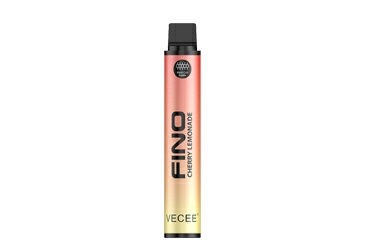
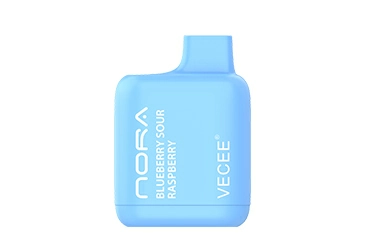




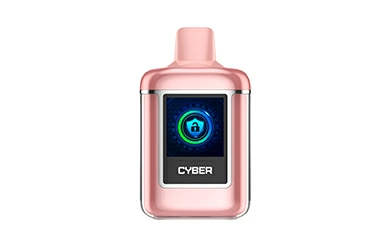



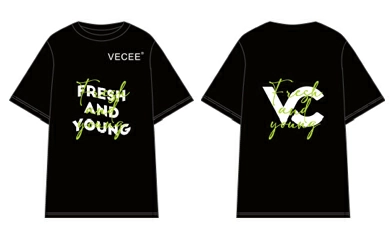


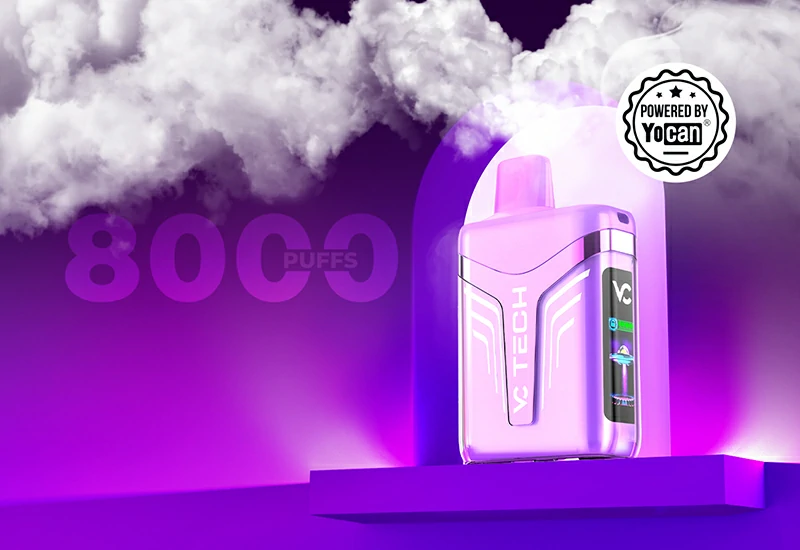
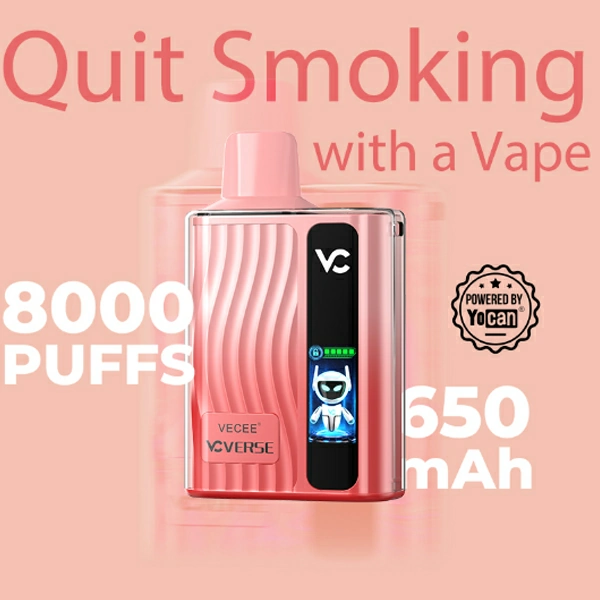


0 comentarios